In historical and mythological texts, the Völva are described as Viking witches . They were considered powerful seers , capable of practicing magic and shamanism.
Very often, in the sagas, the Völva wander from village to village to perform their magic there in exchange for food, or shelter for the night, for example.
And if they are not strictly speaking part of Viking society, these witches were nevertheless respected by them, if not even admired. And for good reason, for the Viking people, the Völva hold their powers from the Gods . And of the goddess Freyja in particular, considered the very first of the Völvas.
Freyja, the very origin goddess of the Völvas

The goddess Freyja is the very first of the Völva . If she is famous for being the goddess of love and fertility, these are not her only powers. Indeed, the lovely goddess has the art of magic: the Seidr . This magic, Freyja transmitted it to the Gods, of which only Odin became the master. But she also transmitted it to the women of Midgard, who in turn became Völva.
What are the different powers of the Völvas?

The Völva have the power to practice Seidr magick . This type of magic was mostly tied to fate . Just as the Norns did in Norse mythology, witches could read the future of Men , intervene and modify it, as well as prevent possible prophecies to come. Of course, they could also manipulate them ...
Their powers do not stop there, according to the texts. Indeed, the Völva were also true healers . At a time when modern medicine did not yet exist, the Völva healed with medicinal plants and herbs .
But witches were only called upon for benevolent acts. They could cast love spells as well as cast a curse . Curse opposing lands and crops and send nightmares.
To be more precise, the Völva were adept at practicing three kinds of magic :
The Seidr
It includes shamanic rituals during which the witch conjured bad luck , blessed crops , or healed the sick .
The Spa
It corresponds to the gift of prophecy . For this, the Völva consulted the signs and interpreted the omens to predict the future.
The Galdr
It corresponds to divine incitement .
How did the Völvas read the future?

To predict the future, the Völva engaged in a very special shamanic ritual . At the beginning of it, young girls were singing to invoke the spirits . During this time, the Völva would enter a trance , and then enter into communion with the spirits and the gods. Once the incantation was complete, the witch could predict a man's destiny , or announce a prophecy to come.
In the Saga of Erik the Red , it is told how the Völva performs its Seidr ritual. Before the witch arrives, the house is cleaned from top to bottom. The large chair reserved for the head of the family is decorated with cushions for the priestess . And, when the latter finally enters the room, everyone greets her with a bow . We install her at the table , then we serve her the meal , prepared for her and just for her. After spending the night with her hosts , the Völva embarks on the ritual. A group of young women sit around her and all begin to sing to invoke the powers with which the witch wishes to communicate.
What do the Völvas look like in Scandinavian folklore?

La Völva was often a woman of a certain age , having broken her family ties and wandering from village to village across the country. Highly respected by the Viking peoples , the witch was always well received, and largely remunerated for her services.
In the Saga of Erik the Red, the Völva is described as dressed in a long blue or black cloak , encrusted with jewels . Around her waist, the witch wears a belt holding a small pouch , in order to group her tools. She holds Seidr's staff in her hand. And wears around her neck a necklace of glass beads . Finally, the Völva wears leather shoes on her feet and white catskin gloves on her hands.
About 40 Völva tombs discovered in the Nordic countries

In addition to the texts, what has made it possible to learn even more about the Völva are their tombs . About forty Völva tombs , in total, have been discovered by archaeologists in the Nordic countries. All contained various bones of small mammals, amulets , jewelry , plant seeds , knives , … But not only!
A 9th century burial has been discovered in Öland, Sweden. According to experts, it would be the tomb of a Völva, buried in a horse-drawn carriage, a sign of wealth and power. Inside the tomb was an 82cm long iron staff , decorated with bronze details . This stick, according to some, is indeed a Völva stick. It is now in the Historical Museum of Sweden.
The Viking witch, who was buried there, was dressed in a long blue and red dress . Around her neck she wore a scarf with a golden thread sewn to the edge. Many objects belonging to him were also found in the burial. A gold-plated silver brooch , among other things, containing white lead powder which could have been used during a ritual. A purse , too, containing Henbane seeds . This poisonous plant causes hallucinations, and could be given to warriors before a battle.
What is the main attribute of the Völva?

Much like the goddess Freyja, the Völva's attribute is the Staff of Seidr . It is the very symbol of their magical powers. It is also said that someone who is hit three times in the cheek by a stick of Seidr loses all his memories.
When and why did the Völvas disappear?

The disappearance of the Völva dates back to the 11th century . At that time, Christianization was increasing in the Nordic countries and in Europe. The Roman Catholic Church, the Church of England, the Lutheran Church and the Reformed Church are taking steps to oust witches.
In the Code of Canon Law of the time, we can read that “ Any witch, any conjurer, any necromancer or any manifestly infected prostitute found in the territory will be expelled”. It also stipulates that every priest has the duty to eradicate paganism and to prohibit divination , magic and many other practices carried out by men as well as witches.
Throughout Christianization and until the end of the 18th century, the Völva and other witches were persecuted throughout the continent . Today, the number of victims caused by executions during this witch hunt is estimated at around 60,000.
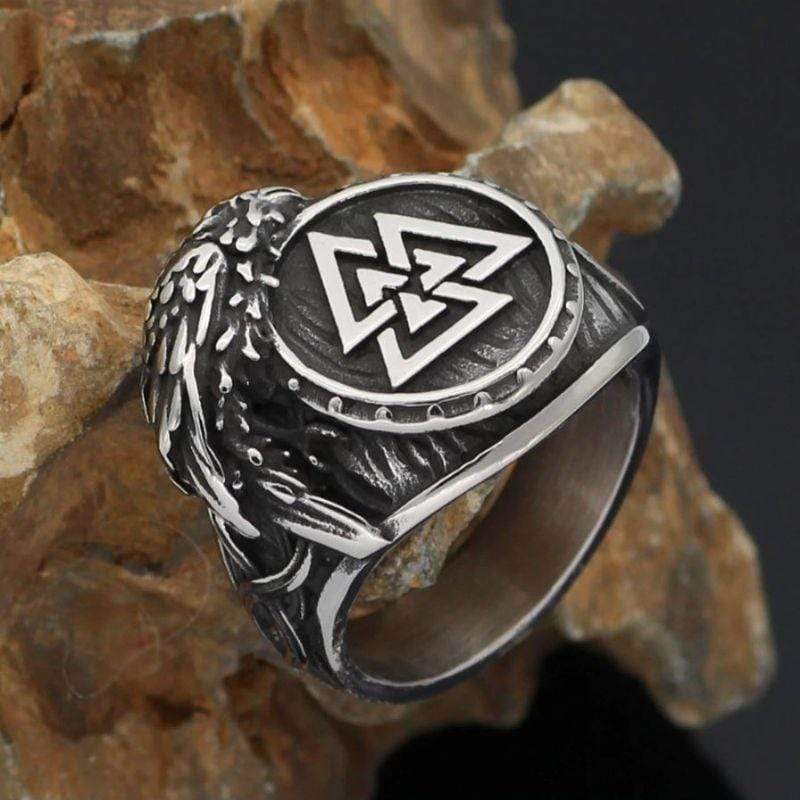
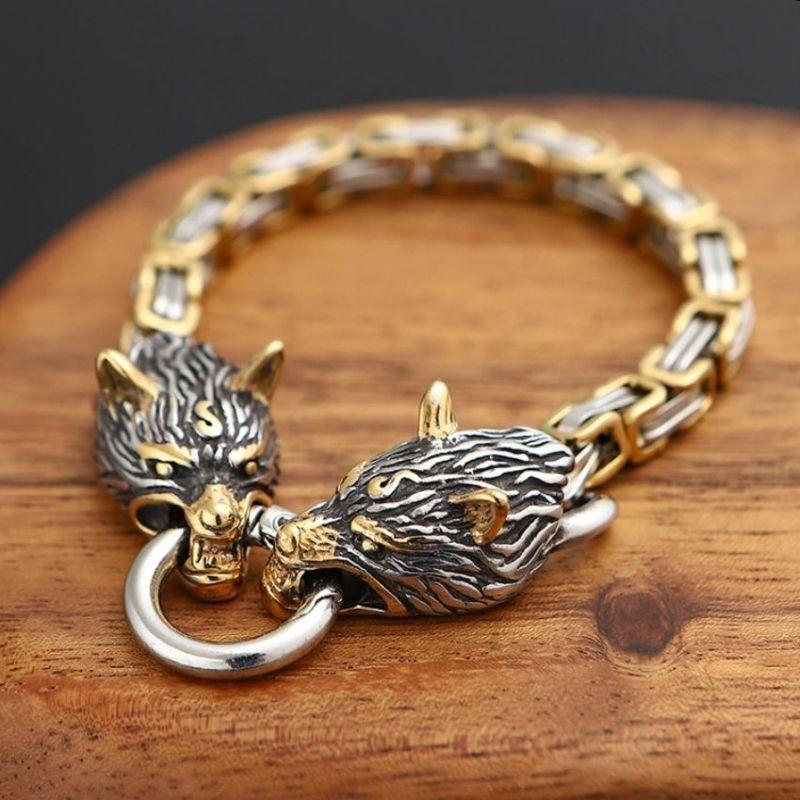
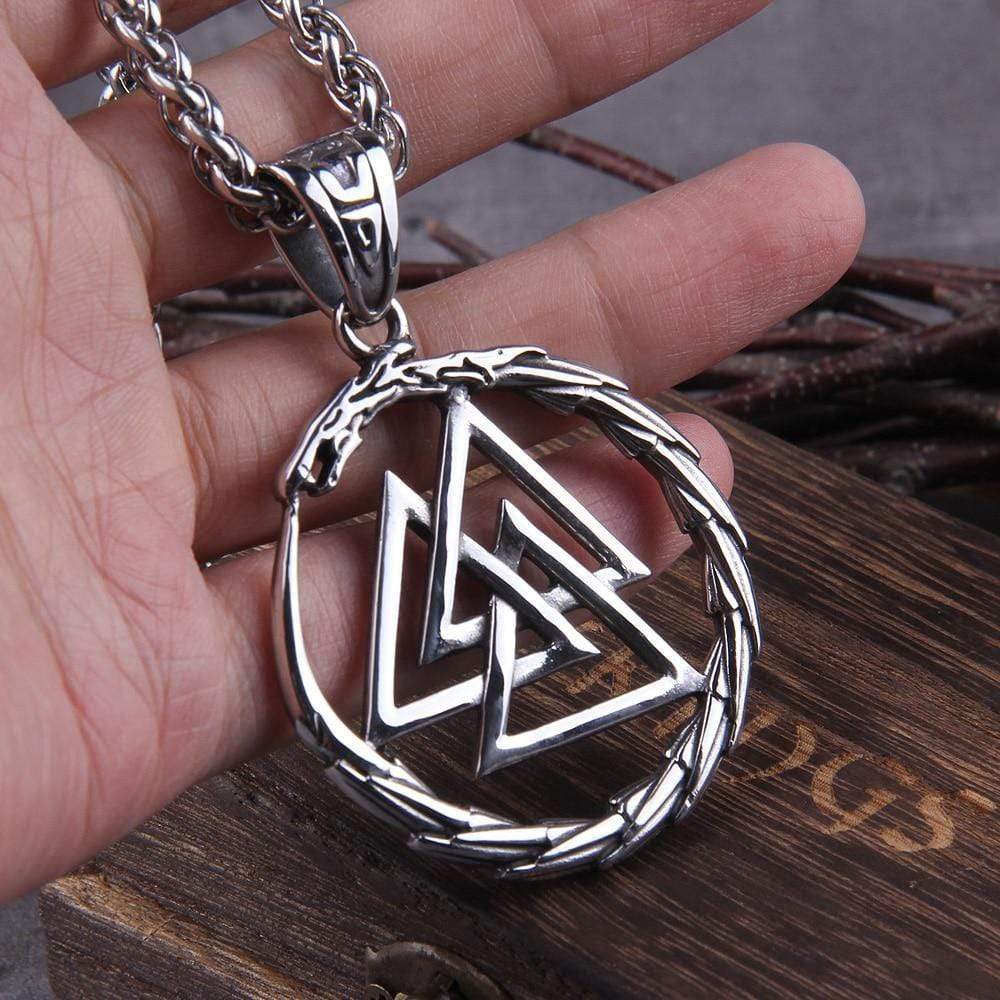




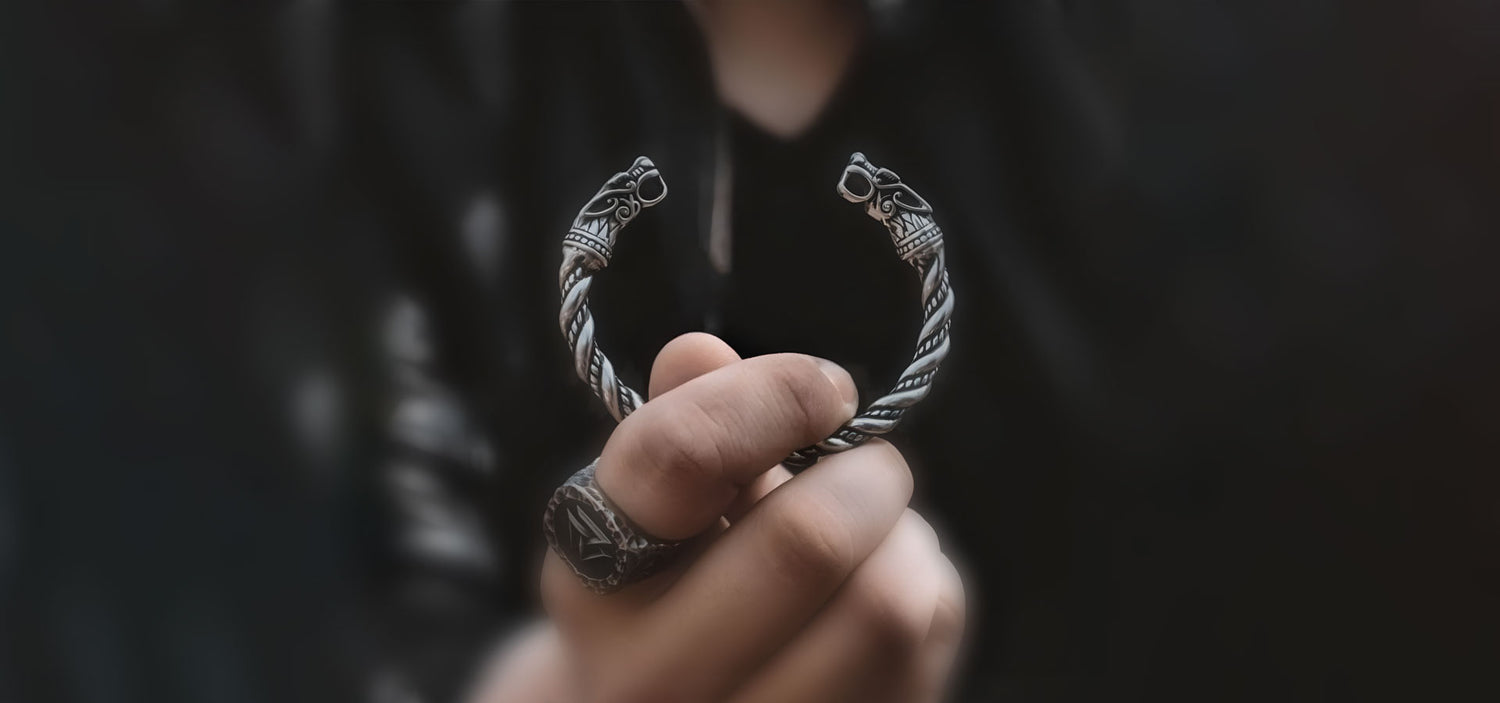
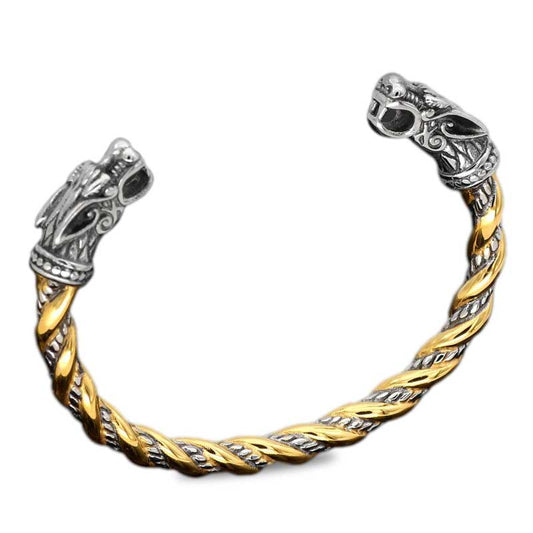

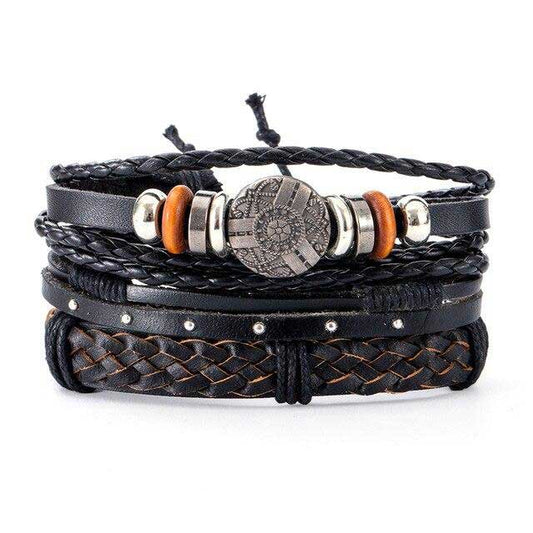

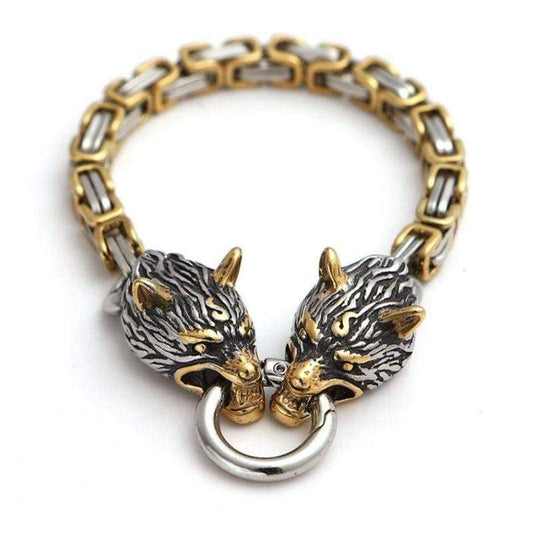
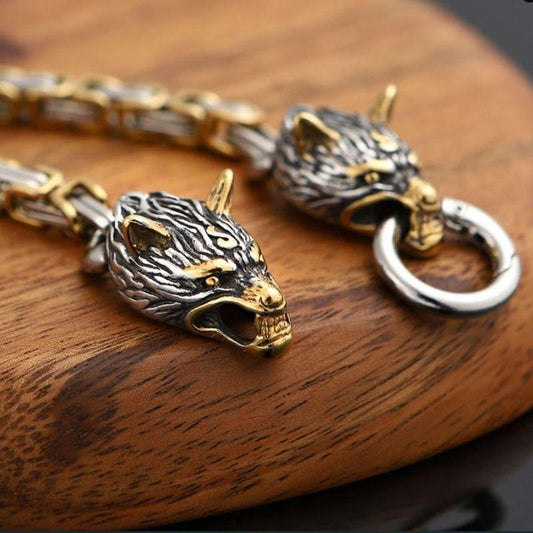
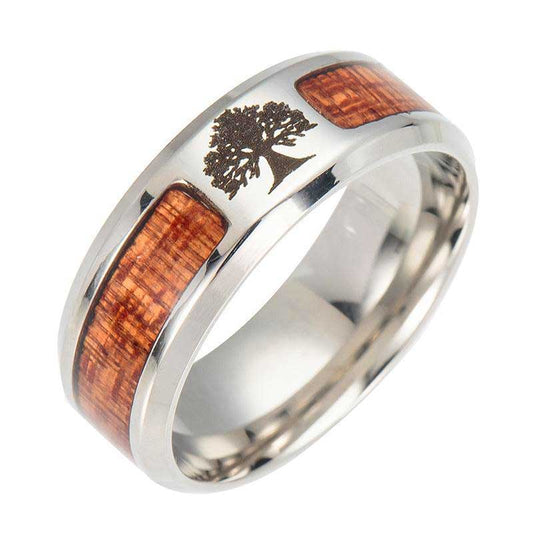

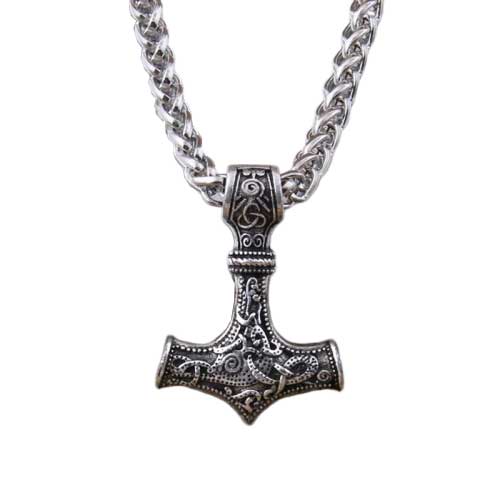
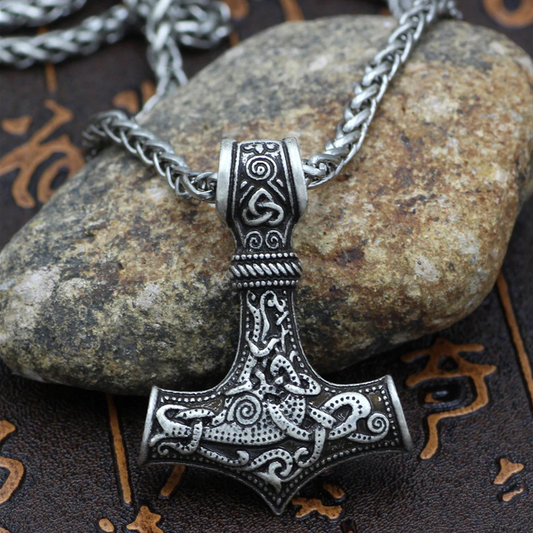
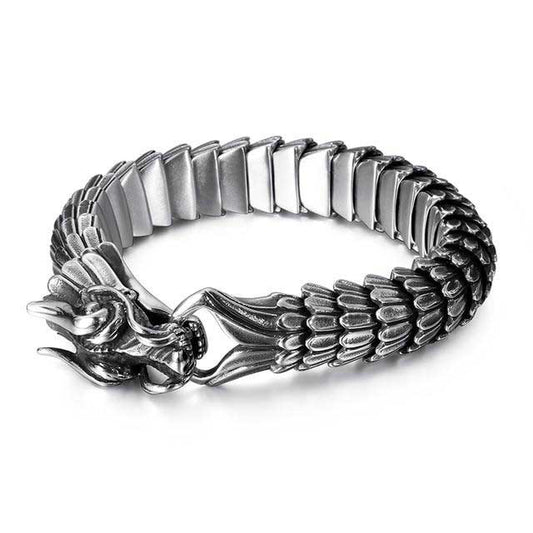
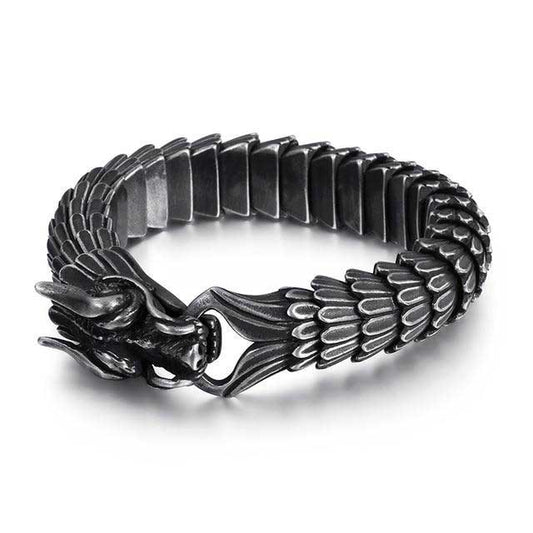
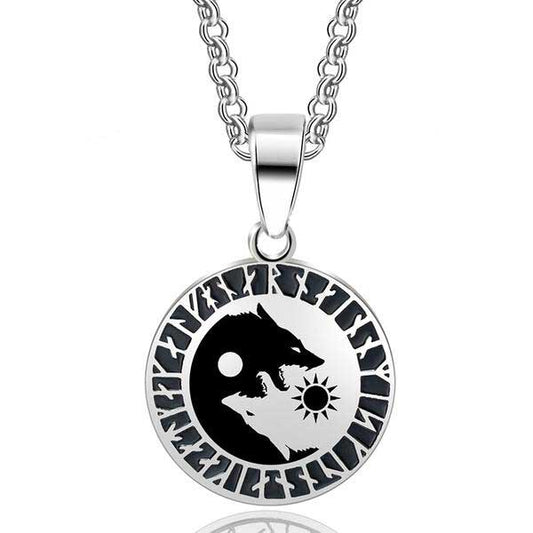
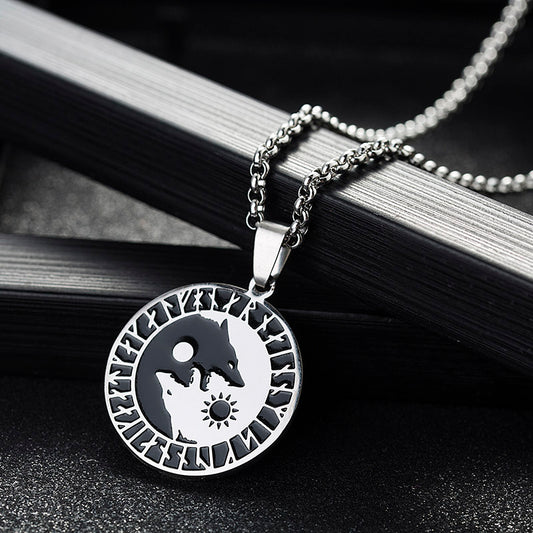
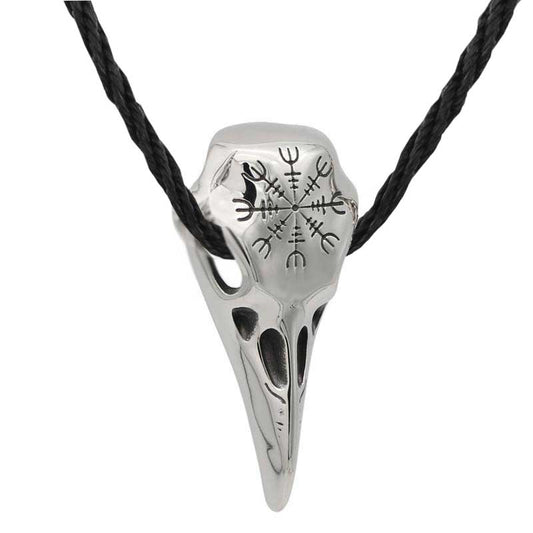
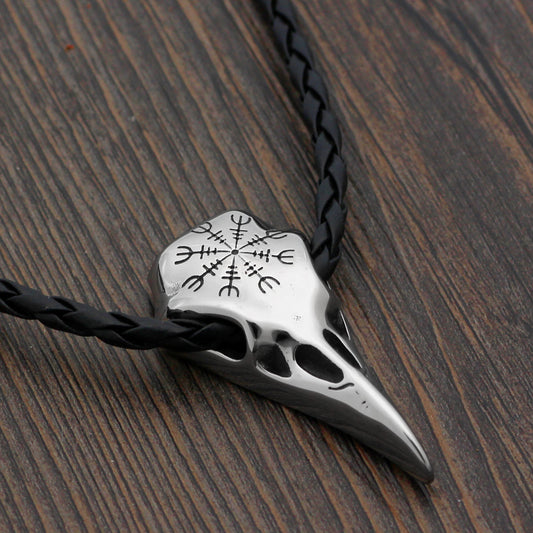
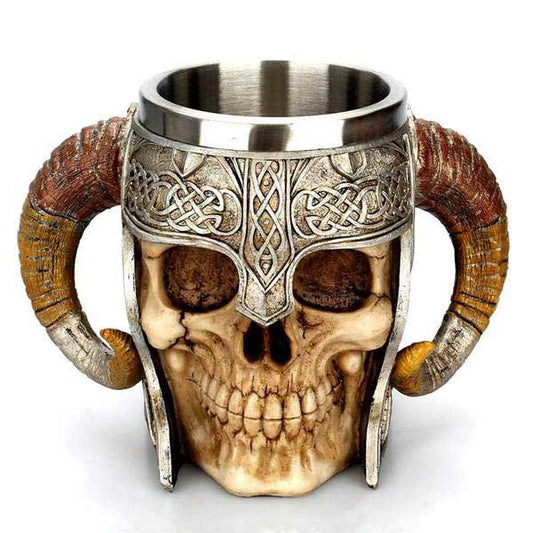
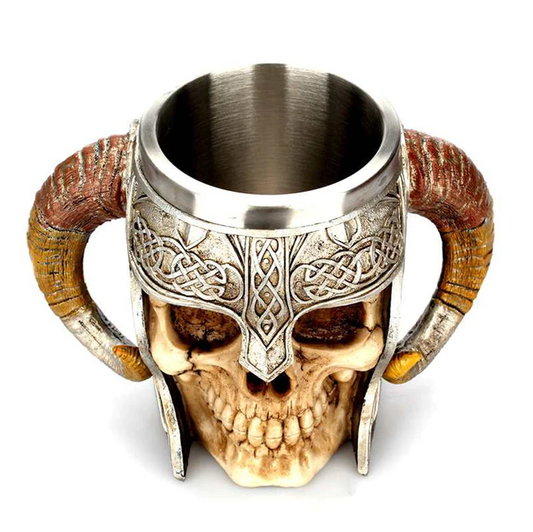

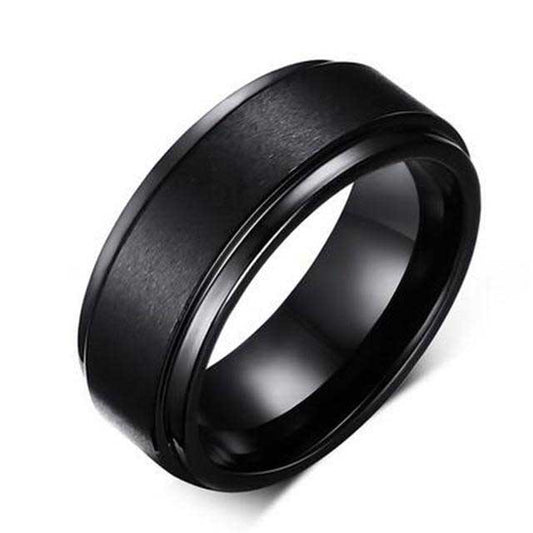
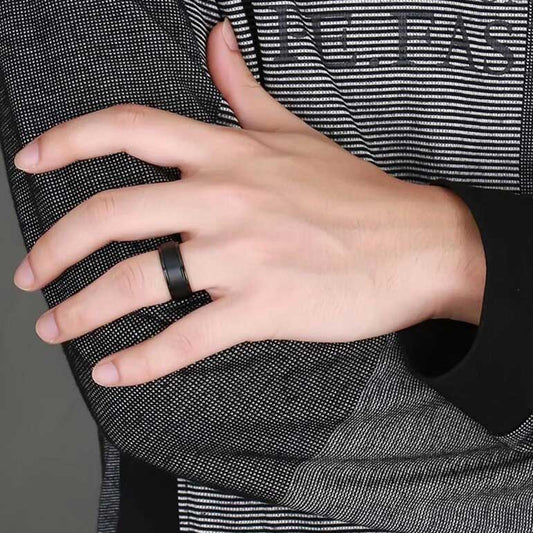
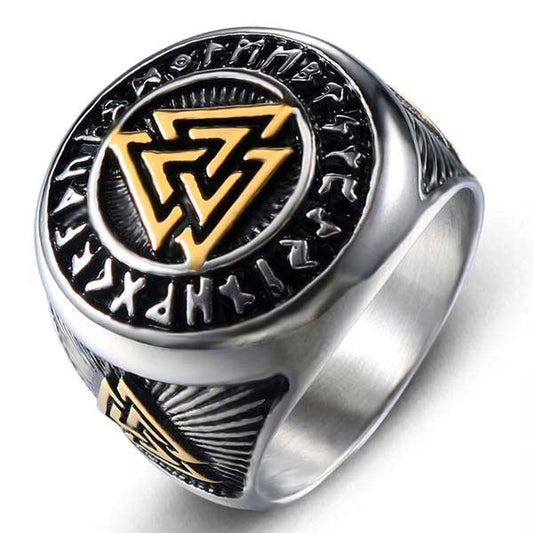








1 comment
Jaime et je suis bien spirituel j ai aimé lire ce texte
et c est triste qu’ il n ais pas de série sue elles
merci